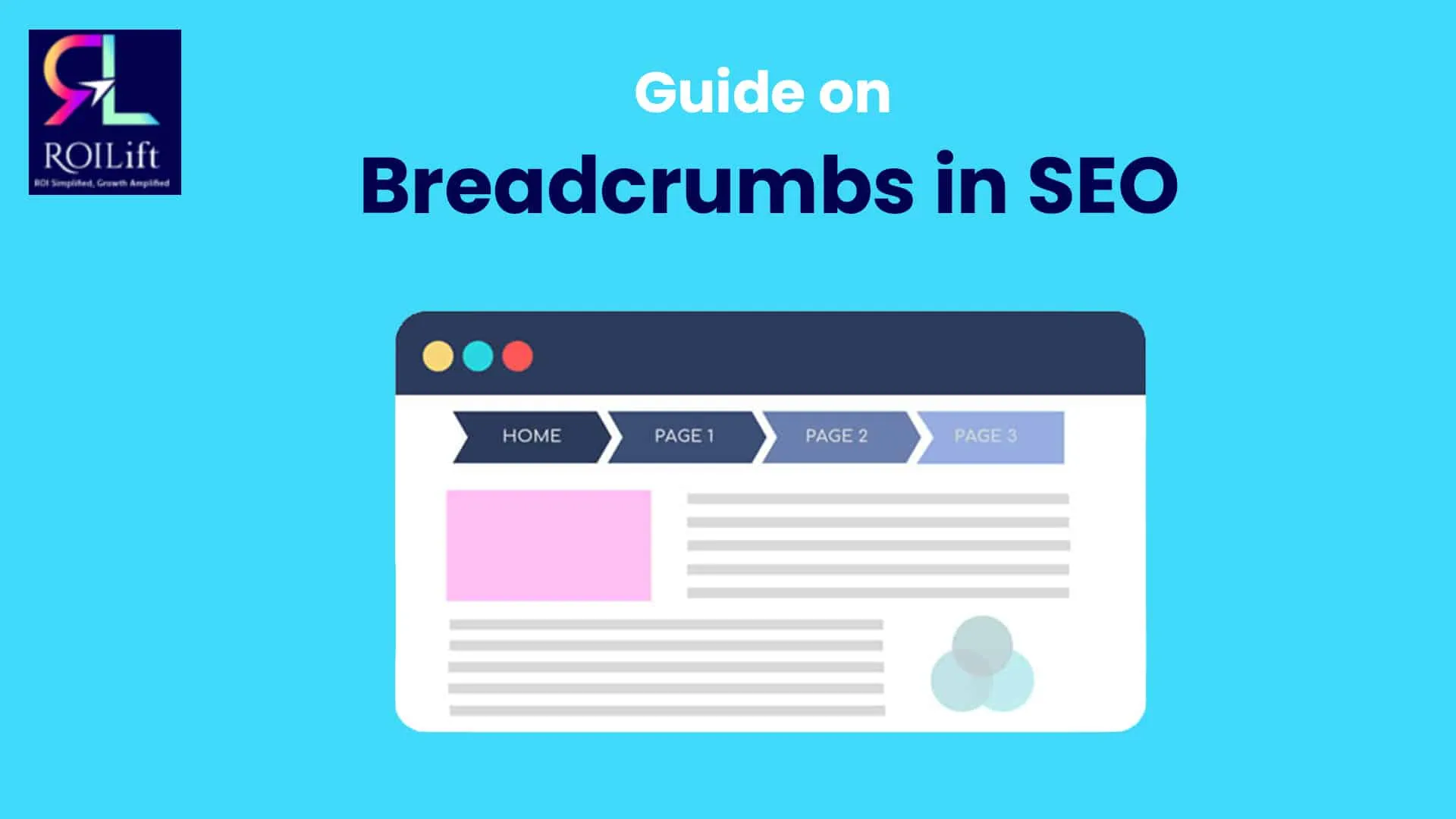Do you want to develop a way to implement and optimize breadcrumbs on your website? Breadcrumbs are a navigational feature that can significantly impact SEO and user experience. Many websites still do not use breadcrumbs, which is a major mistake. Breadcrumbs not only improve SEO, but they are also simple to implement.
What Are Breadcrumbs in SEO?
Breadcrumbs are automated internal links that allow users to track their position on a website and their distance from the homepage. They are frequently seen at the top of a webpage or immediately below the navigation bar. Like internal links, breadcrumbs help retain users on a website by directing them to the information they want. If users become confused, they can use breadcrumbs links to advance one level and continue their adventure on the website instead of using the browser’s back button.
Four Common Types of Breadcrumbs
Not all breadcrumbs are made equal. There are four primary varieties of breadcrumbs, each having a specific purpose. Before adding breadcrumbs to your website, consider which type will be most effective for user experience.
- Breadcrumbs are organized in a hierarchy: The most frequent breadcrumbs show users where they are in the site hierarchy and how to return to the homepage.
- Breadcrumbs based on attributes: These are widely used in online stores to indicate which qualities the user has clicked.
- Breadcrumbs: Forward or Looking Ahead This type of breadcrumb displays the user’s current path within a website’s hierarchy and previews the next steps they can take.
- History-based breadcrumbs: This sort of breadcrumb is infrequently used and displays the other pages on the site the customer has visited, comparable to browser history. For example, if you were looking for SEO news and read three distinct articles, the breadcrumbs could look like this: Home > SEO articles 1 and 2 > Current page. However, we recommend against this because it may confuse users. Users may navigate to the same location via multiple journeys; therefore, we will display a distinct breadcrumb structure each time, confusing users. Also, due to its irregular nature, users cannot markup using schema such as breadcrumbs and expect rich results.
Breadcrumbs’ Importance in SEO:
- Improved User Experience: Breadcrumbs make it easier for users to traverse a website, possibly lowering bounce rates and increasing engagement. They allow customers to quickly navigate to higher-level categories or the homepage without using the back button.
- Better Crawlability: Breadcrumbs enable easy access for search engine crawlers, allowing them to understand the site’s structure and content better. They also help to ensure that essential pages are correctly connected and may be indexed more effectively.
- Enhanced Internal Linking: Breadcrumbs generate internal links that assist in distributing link equity throughout the website. This can boost the visibility and ranking of other key pages.
- Rich Snippets and Structured Data: Breadcrumbs, when used with schema.org markup, can appear as rich snippets in search results, providing more context and increasing click-through rates. Rich snippets can make your result more visually appealing by displaying the breadcrumb path immediately in search engine results.
Conclusion
Breadcrumbs are used as part of a comprehensive SEO strategy by ROILift to guarantee that our clients’ websites are both user-friendly and search engine-friendly. From E-Commerce sites to blogs and corporate websites, we personalize our breadcrumb strategy to each client’s specific objectives, resulting in more traffic, improved ranks, and ROI and also provide top-tier SEO Services in New York. So what are you waiting for? Visit us today at ROILift to consider installing breadcrumbs to improve the user experience and SEO performance of your website.



